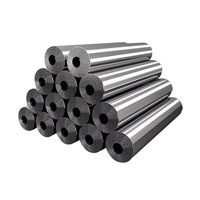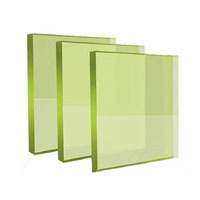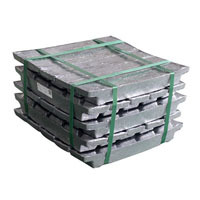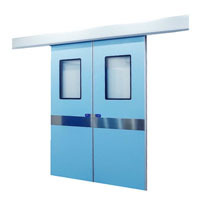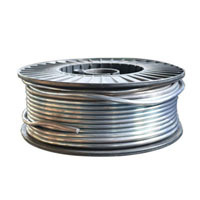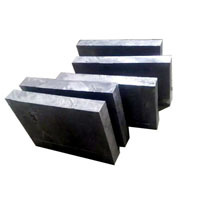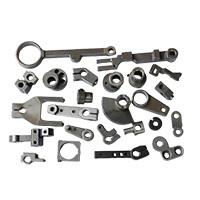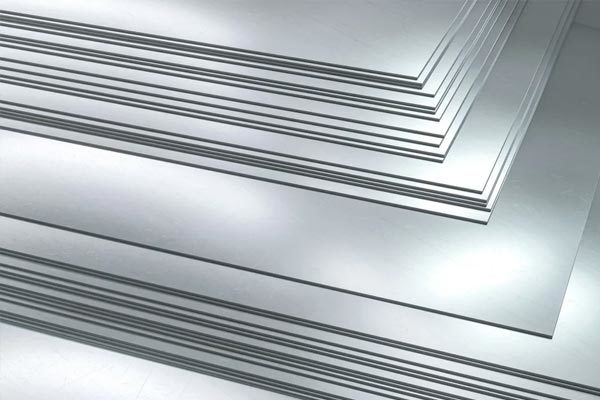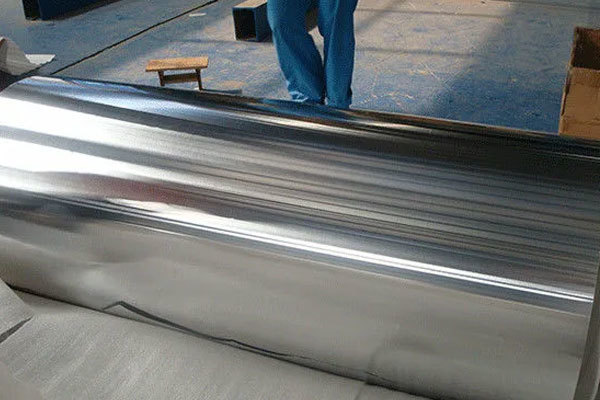A Beginner’s Guide to Radiation Shielding Materials
Whether you're outfitting an X-ray room, building a nuclear lab, or simply trying to understand how radiation protection works, it all starts with selecting the right shielding material. This beginner-friendly guide explains the most common radiation shielding materials—what they are, how they work, and where they’re used.
Whether you're outfitting an X-ray room, building a nuclear lab, or simply trying to understand how radiation protection works, it all starts with selecting the right shielding material. This beginner-friendly guide explains the most common radiation shielding materials—what they are, how they work, and where they’re used.
What Is Radiation Shielding?
Radiation shielding refers to any material used to block or attenuate ionizing radiation like X-rays, gamma rays, and particles (alpha, beta, neutron). The goal is to reduce exposure to safe levels for people, equipment, and the environment.
Common Radiation Shielding Materials
1. Lead
Lead is the most well-known and widely used shielding material due to its:
High atomic number (Z=82) – great at absorbing photons
High density (11.34 g/cm³) – requires less material for effective shielding
Affordability and versatility – used in sheets, bricks, walls, doors, and aprons
Best for: Hospitals, dental offices, industrial radiography, nuclear medicine, and hot cells
2. Lead-Free Composites
Lead-free materials are engineered blends of metals like bismuth, tungsten, antimony, and tin. They are:
Non-toxic and safe to handle
Lighter weight than lead (ideal for wearable shielding)
Environmentally friendly – easier disposal and transport
Best for: Pediatric and dental clinics, environments with strict safety policies, international shipping
3. Tungsten
Tungsten has a higher density than lead (19.25 g/cm³) and is extremely effective for space-limited shielding applications. It’s more expensive, but highly durable.
Best for: Collimators, shielding in high-energy environments, compact medical devices
4. Bismuth
Bismuth is a non-toxic heavy metal often used in lead-free blends. While it has a lower density than lead, it's excellent for low-dose or partial shielding applications.
Best for: Radiation therapy accessories, wearable shields, and patient protection
5. Concrete
Concrete is a structural and cost-effective solution, often used in large-scale facilities. It can be mixed with barite, hematite, or steel to increase its shielding capability.
Best for: Radiation vaults, linear accelerator rooms, and nuclear plants
Comparison Table of Shielding Materials
| Material | Density (g/cm³) | Toxicity | Applications |
| Lead | 11.34 | Yes | Medical, industrial, nuclear |
| Lead-Free Composite | 8–12 | No | Medical, dental, mobile shielding |
| Tungsten | 19.25 | No | High-energy, compact shielding |
| Bismuth | 9.78 | No | Patient protection, flexible shields |
| Concrete | 2.3–5.0 (with additives) | No | Radiation vaults, architecture |
Tips for Choosing the Right Material
Know the type and energy level of radiation you’re shielding
Consider space, weight, and mobility constraints
Factor in environmental and handling regulations
Decide whether permanent or portable shielding is needed
Recommended
Lead glass: a special protective material with both radiation shielding and light transmittance






